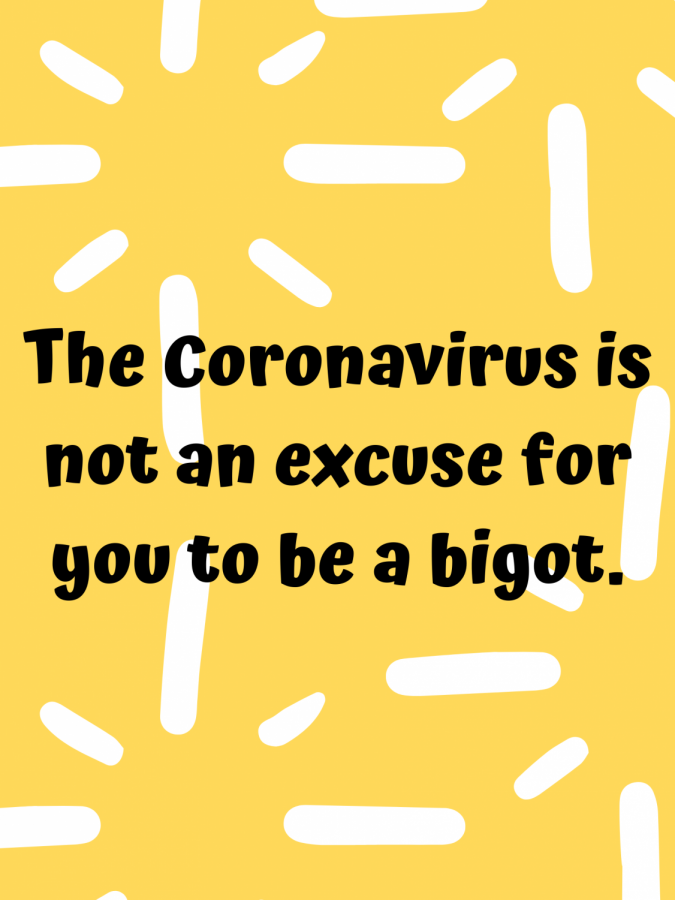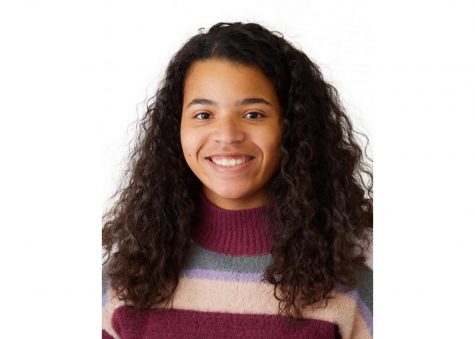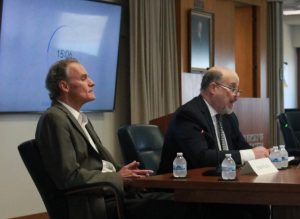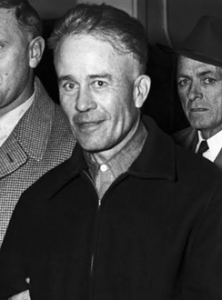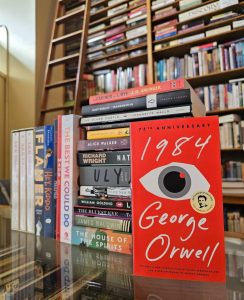UWL student Mirm Hurula protests through art
April 3, 2020
As a member of Students Educating and Embracing Diversity (SEEDs) and the organization Awareness through Performance (ATP), University of Wisconsin-La Crosse student Mirm Hurula is drawn to advocating for others. “I do advocate quite a bit. I have been a part of quite a few protests but I tend to stay behind the scenes for most of them. I was drawn to this because as a queer student of color on our campus, I wasn’t being listened to or supported by administration, faculty or staff,” said Hurula.
Last year, Hurula began to protest through visual art. “I have always felt that art hits differently when it comes to protesting. Especially since most people remember the art forms and the striking pieces before they remember the issues they were protesting. It’s more stimulating and you are more likely to remember the art in the long term,” said Hurula.
Despite this, Hurula does not classify themselves as an artist. “I have never seen myself as a visual artist. Most of what I work on and am proud of are in the form of writing. I write poetry, essays, and other forms using words,” said Hurula. “I don’t think it was until after the Samoan measles crisis late last year that I moved more toward painting and other visual arts.”
“Learning about art and practicing art is just as important as learning about math, language, science and so on. It is a way to escape and a way to express yourself in ways that the confines of those subjects would never allow,” said Hurula.
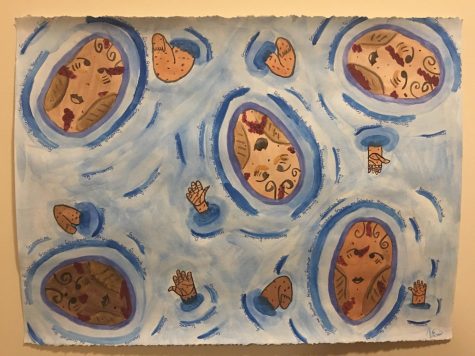
Hurula’s artwork covers many different subjects. Hurula created a visual art piece inspired by the Samoan measles crisis. “This is the one I am most proud of. It is titled ‘Fesoasoani mai Fa’amolemole’, which translates to ‘help, please’ in English. It was created during the time that the measles crisis was hitting the island of Samoa really hard,” said Hurula. “I didn’t know how my family and friends were doing– especially those that were children. And after finding out that majority of the people who died during the crisis were children, I made this out of the grief I was feeling.”
Additionally, Hurula described the inspiration behind two more pieces that they created.
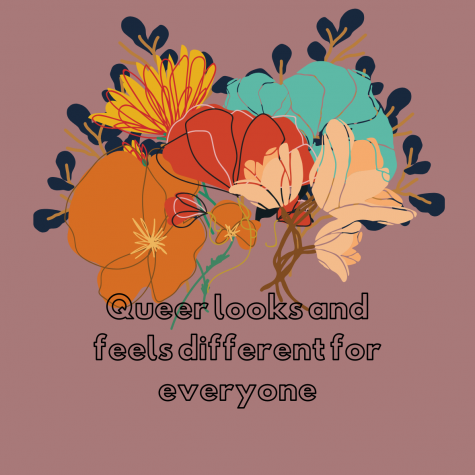
“The first graphic design piece allows for queerness to be as fluid as it really is. In my experiences and in speaking to others, I have found that queerness has never had just one definition and one feeling. So, this is what came out of it,” said Hurula. “This second graphic design piece [shown in featured image] is pretty self-explanatory in that people shouldn’t be racist just because of a virus that is going around. Just because it became a pandemic in one part of the world doesn’t mean you need to physically, verbally, mentally and emotionally go after a person.”
For Hurula, protesting through art goes beyond allowing marginalized voices to heard. “I always do protesting like this to allow for voices to be heard. I do this to allow the silenced to be whispers among the shouts of everything else,” said Hurula. “I do these things to get my mind off of everything that is happening. And, it is also a way for me to process through all the emotions I feel. Though what I do is very small, everything helps in the grand scheme of things.”
Hurula intends on sharing more of their art on their Instagram profile: @mirmicorn.

